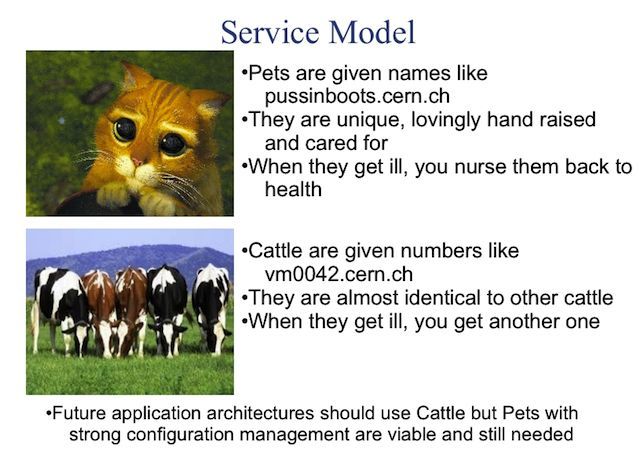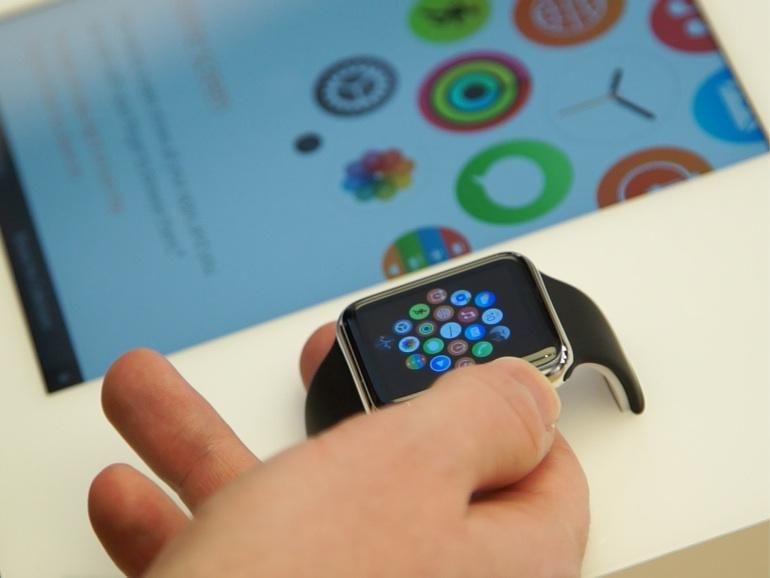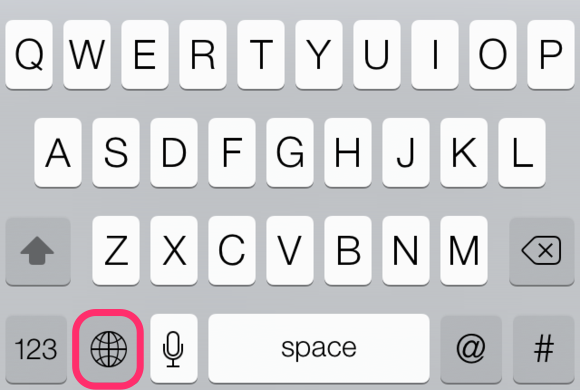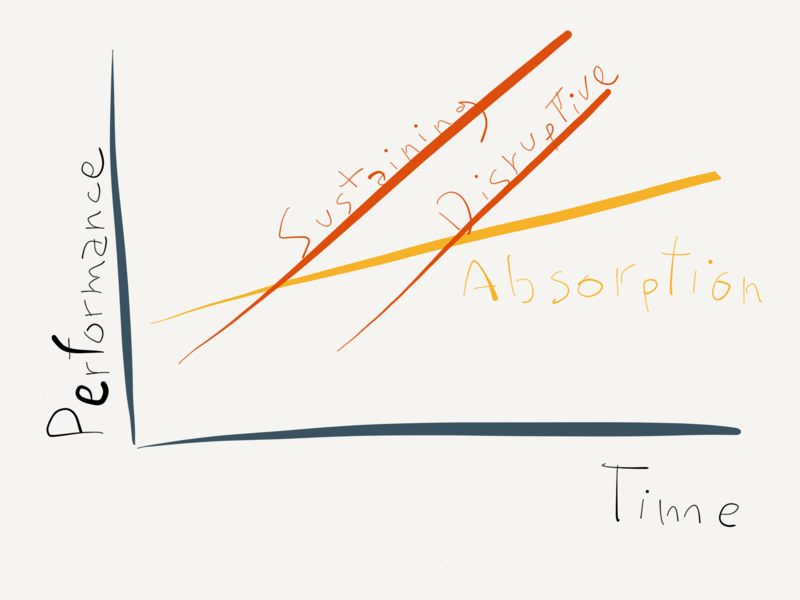I travel a fair amount, mostly for work but also for pleasure. Despite travelling so much, I still enjoy it a lot. I see colleagues and friends who travel much less than me get all stressed out, and I think the difference is in preparation.
Part of that preparation is in taking the right luggage for the job - and yes, that does mean having multiple items of luggage that are around the same size!

Rule 1: Never Check Luggage
Let me just repeat that one because it's so important: never check luggage.
Sure, it can be annoying to schlep luggage around the airport - but airports are designed to make that easy. Airports have smooth floors, wide spaces, and lifts and escalators for moving between levels. The tough part is manoeuvering luggage around on the street and on public transport, neither of which environments is designed around luggage. The thing is, though, you will have to do that part anyway once you have (with luck) retrieved your checked luggage.
Why take hand luggage? Simple: so that it doesn't get lost along the way. Nothing stresses me out more than the idea that I might arrive at my destination without clean clothes or toiletries, so I'd rather just have them on me. This goes double if you're travelling with kids: you need at least one change of clothes per child, nappies if the children are still using those, favourite toys and books, wipes, snacks, drinks, etc etc etc. Those items must be at hand at all times, during and after the journey, so you have to have them in hand luggage.
Bottom line, this means that you have your stuff with you even if you get delayed or rerouted suddenly, and there is no way that your luggage can end up in one place when you are in another. This already removes a major source of travel-related stress.
Rule 2: What Goes in the Luggage
The usual question I get at this point is "but how can you go away for a whole week with just that dinky suitcase?". Well, it takes planning and the right luggage, but it can be done. And no, I don't just show up wearing one of five identical black T-shirts or something like that! My typical work trip load-out looks like this:
-
Suit (a minimum of one suit per two days' wear)
-
Shoes for suit (you don't want to travel long-haul in suit shoes if you can avoid it)
-
Shirts (a minimum of one shirt per day; a spare shirt is good if you have room)
-
Ties, pocket squares, etc (even if you meet the same people wearing the same suit on subsequent days of a trip, if you change shirt, tie and pocket square, it comes off as a different outfit)
-
Sweater (one in the case in addition to the one you travel in - even if you don't have different trousers to change into, losing the tie and opening your collar in the evening helps to relax)
-
Toiletries (because they're going in hand luggage, these need to be sub-100ml - but these days, you can buy most things in travel sizes, and decant anything else)
I realise this is a bit male-centric, both in the talk of ties and the assumption that a single pair of shoes - well, two: one worn and one packed - can possibly be sufficient. This is my experience that I'm sharing here, though. I may try to get SWMBO to add her recommendations for women travellers at a later date.
On the topic of shoes, here's a pro tip: save space and protect your shoes by stuffing your underwear into the packed shoes. This will prevent the shoes from getting crushed and also free up the space that the underwear would have taken up inside the case. Just try to avoid mixing the "clean" shoe with the "dirty" one if you are on a multi-stop trip…
If I'm travelling for internal meetings, I probably won't bother with a suit & tie, but I'll have trousers and blazers instead, which take up at least as much room if not more.
It's all about the outfits, though: try to plan outfits that you can mix & match, so you wear a pair of jeans with your travel sneakers for informal activities, but dress up the same jeans with brogues, a shirt and a blazer for "business casual" events.
Bag of Holding
So what sort of Bag of Holding is all this going in? Just a standard-sized item of cabin luggage - you do NOT want to be That Guy (or Gal) arguing with gate staff about the size of your roll-aboard. Rigid sides are better for this purpose because they are less forgiving, so you are not tempted to stuff just one more sweater in there.
Make sure your case has TSA-compliant locks, just in case you do have to check it for whatever reason. Also, have a plan for your liquids and any other fragile or valuable items that are in your hand luggage and that you don't want to entrust to the tender mercies of the baggage handlers. A drawstring bag is good for this, as it takes up next to no room when empty, and can also be used for other purposes if necessary: keeping a wet swim suit apart from dry clothes, impromptu shopping trip, or whatever.
Remember also that not only do different airlines have different luggage restrictions, but there are also regional variations. The default IATA size for carry-on baggage is as follows:
Cabin baggage should have a maximum length of 56 cm (22 inches), width of 45 cm (18 inches) and depth of 25 cm (10 inches) including all handles, side pockets, wheels etc.
However, many airlines have smaller size restrictions, especially low-cost and regional operators, and some will also enforce weight limits aggressively. Regional carriers operating smaller planes under the aegis of a larger carrier will generally offer "valet" services for hand luggage, meaning that you leave it at the air stairs or on the jetway as you board the aircraft, and it is returned to you as you deplane. However, this still means that your luggage is going in the hold, so you should lock it and remove valuable or breakable items as if it were being checked in. Also, sometimes valet-checked luggage is returned at the carousel, not at the exit of the plane - check this ahead of time, as it may affect your planning if you have a connecting flight.
Rule 3: Get the Right Luggage
There are a few different categories of luggage worth owning if you travel at all frequently. Your mileage may vary, but these cover most bases.
The Overnight Bag
If you have to spend just one night on the road, it's not worth hauling an entire suitcase just for a change of shirt & underwear. My personal choice is a rolling laptop bag with a separate pocket, just big enough for that change of clothes. You can wear the same suit both days, and switch it up by changing ties and other accessories.
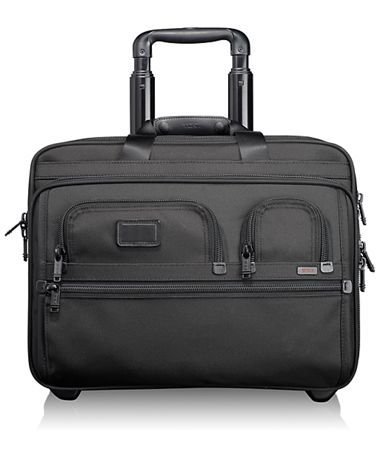
I own a previous generation of this bag from Tumi, and I love it. Others do the same sort of thing with a backpack, but then you need somewhere to put your clean clothes so they don't end up in a ball at the bottom of the backpack with a packet of last year's mints and a cable for a device you no longer own. However, I'm aware that I am prejudiced against the suit+backpack look, so if that combo works for you, more power to you.
The Basic Roll-Aboard
This is your generalist piece of luggage, that can serve for trips from two nights up to a week or so. Rigid versus soft sides is a matter of personal choice, but four-wheel "spinners" are a must. This way you can squeeze the case sideways through much tighter spaces, such as for instance the aisle of an aeroplane, instead of picking it up and banging all the other passengers on the elbows, knees, or even head.

My personal choice is also from Tumi, but most manufacturers have something like this. Just one thing to point out is that there are two sizes of carry-on, and it pays to get the smaller one, sometimes labelled as the "international" version. There's no point in being able to fit more in your bag if you end up having to check it most of the time anyway.
The Duffel Bag (Optional)
A duffel bag is a very fashionable choice right now, but it's not super practical. It may look good in the departure lounge, but you may regret it if you have to hump the thing the length of FRA for your connection, or on that dreaded last day of the trip when you've already checked out of your hotel but your flight isn't for hours yet.
Why even list it then?
Because there are cases where a duffel bag is actually a sensible choice, and that is when you have chosen the correct one. I favour this one by North Face:

The point of this bag is that you can use it either as a rucksack or as a duffel bag. When it's a duffel it's rugged and waterproof - plonk it down on the snow if you need to, and your clothes will stay dry. Those loops on the outside are also super useful for hanging stuff onto with carabiners. The point of the rucksack straps, though, is that you can put it on your back and leave your arms free, which is especially great if you're travelling with children.
Duffel bags are subject to the same limitation that I was complaining about above with regard to backpacks: the contents tend to wind up all tangled together in a crumpled ball. To prevent that, I have a combination of packing cubes from Muji and Eagle Creek, but still, you're not going to pack a suit in one of these; it's strictly for informal trips or as your carry-on for family vacations. That's where this thing shines, in fact. You're almost certainly not going to get away with doing a family vacation with just carry-ons until your kids are quite a bit older than mine are now, so you're going to have to check some luggage - but pack one or two days' worth of essentials in one of these so that you are never separated from food, favourite toys, nappies, change of clothing, spare batteries, drawing materials, and all the other hundred and and one essentials of enjoying a family vacation and not getting lynched by the other passengers.
The Suit Bag (Optional)
This one definitely depends on your lifestyle and wardrobe - but if you need to wear a suit or similar formalwear at your destination more than rarely, you need one of these. Basically, the idea is that instead of folding your clothes, you just place them in the case, still on their hangers, secure them in place with a strap or two, zip up the case and off you go. At your destination, you can either hang the entire bag if you have a suitably sturdy wardrobe, or simply remove your clothes, still on their hangers, and hang them right up. While they won't be 100% fresh, they will be far less rumpled than if you'd folded them.
Once again, my own choice is from Tumi - the previous generation of this bag:
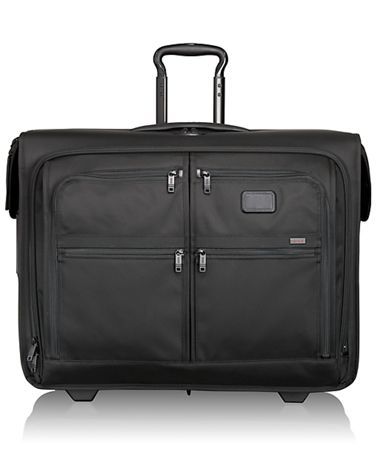
The thing is genius. If it does have one flaw, it's that it is pretty wide, so it can be unwieldy in airports where they have those width restrictions to stop people going through with their trolleys. It is still within IATA dimensions, although I've had to argue the point with gate agents a couple of times. Overall, the results are worth it though.
Other Notes
Hot / Cold
The hardest trips to plan for are the ones that involve multiple climates. The default is to take your outer coat on the plane, but that gets old fast, especially if you have connections & layovers. Instead, see if you can get away with a lighter-weight outer coat that you can pack, and layer it. One combo that works well is a sweater or a vest worn under a blazer, and a raincoat or similar over the top.
Cotton-cashmere blends are great for this purpose, and are also super-comfortable for travelling in - although I generally prefer to use older sweaters for this role, as sleeping in them is tough on their appearance.
You also need to plan your footwear, both socks and shoes. This may be specific to me, but I can deal with temperature extremes in other parts of my body much better than I can when they affect my feet. This is why I don't travel in emergency exit rows, despite the extra legroom - that, and not being able to keep my laptop bag handy.
Tetris
The enemy of efficient packing is space. No, this isn't some Zen paradox! Just don't leave empty spaces around your items, but instead figure out how to slot everything together like a jigsaw. This will both let you fit more stuff into the suitcase, and at the same time make sure that your stuff doesn't shift around in transit.
Some experience with Tetris is recommended.
Recap
Planning is everything. Get the right luggage - or an assortment of luggage to suit the types of trips you take. Sort out all your toiletries, medications, and so on. Ideally have travel-size duplicates that can just stay in their transparent baggie, ready to be dropped in your bag.
Same thing with clothes: plan an assortment of clothes that can be combined in different ways and that will cover the entire spectrum of expected climates on your trip. Yes, this can go wrong - ask me sometime about landing in New York in February, straight from the Caribbean, and being informed that my luggage had not made it.… This is why you also need a plan B, C, and several other letters (add more letters when travelling with kids).
With preparation and practice, you can pack in a few minutes, enjoy a stress-free trip, and arrive at your destination far less frazzled than someone who threw everything and the kitchen sink into a piece of luggage the size of the monolith from "2001".
Happy travels!
Update
I had no sooner published this post, than I found this list of "bad travel gear" from The Economist in my RSS queue.
The very first item in the list is:
Luggage with spinning wheels, which don't work well on rough surfaces and cost you precious overhead bin space.
Obviously I disagree with this one! Spinners have the advantage that they can roll in any direction - and if yours doesn't work on rough surfaces, I suggest you bought the wrong one. Mine works just fine on rough surfaces.
Much of the rest is common sense - items like money belts and travel wallets just mark you out as an inexperienced traveller. I do have an inflatable travel pillow because it takes up next to no room when deflated, but I rarely use it and should probably ditch it.
However, this item brought me up short:
Your tablet (unless it is your primary computer). Your phone and your laptop can do anything it can do. You don't need it. Leave it. If you want to read a magazine, buy The Economist in the airport.
Sorry, but this recommendation is even more bone-headed than the "no spinners" one above. Maybe this is true if you're in business class, with plenty of room and in-seat power, but at the back of the plane where we plebes travel, there is rarely enough room to get out even a 13" laptop. A phone on the other hand has a much smaller screen, so while it's probably fine for a short-haul trip, your eyes would get very tired of squinting at the screen for a long trip. Also, my iPad has a case that lets it stand upright so I can watch a film or just rest my arm while reading; my iPhone doesn't, because most of the time that stand would just be useless extra bulk in my pocket. The iPad's case also means that the device can be stood on its edge on the tray together with my dinner, while I'd have to close the laptop to eat - and then I couldn't read or watch my film. If I had bought that paper copy of The Economist - because I hate trees or something - I'd be trying to read it one-handed while eating, a sure-fire recipe for ending up wearing your dinner.
Let's also talk about battery life: I have never completely zero'd the battery on my iPad on even the longest trips - and if it comes to that, I have external battery packs in my bag (note plural). If you watch movies on your laptop, just one will take a huge bite out of your power reserve. If you try to actually use a laptop, things can also go south surprisingly fast. For instance I have one corporate Word template which just makes Word craaazy for some unfathomable reason, and it starts thrashing for the whole time any doc using that template is open.
For once, I can't agree with Gulliver and The Economist. Unless it's a short-haul flight - meaning, an hour's duration or so - you almost certainly want your tablet with you on the trip.
Image by Matthew Wiebe via Unsplash

